VHS Box Graphics
Posted by Scott
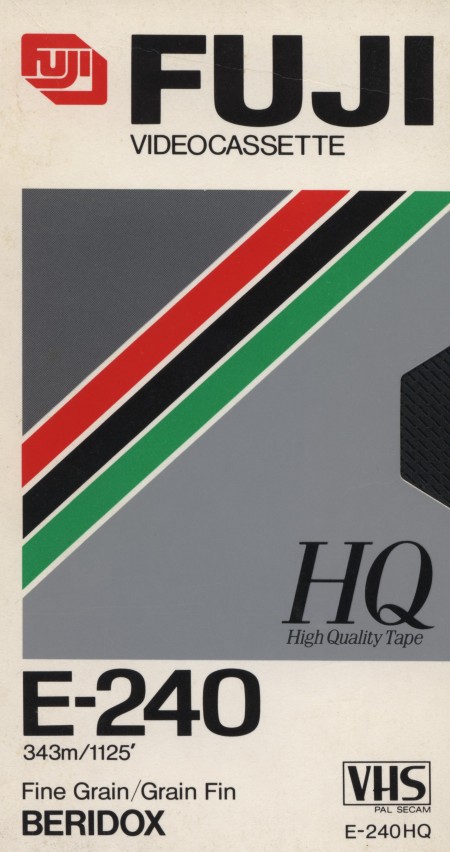
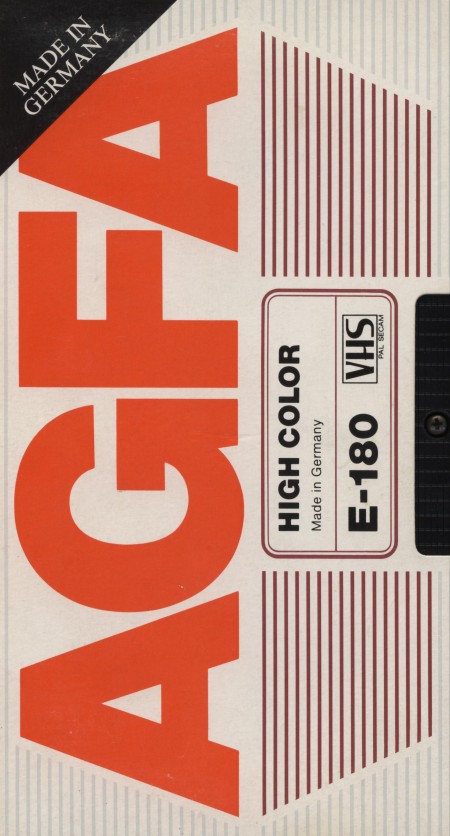
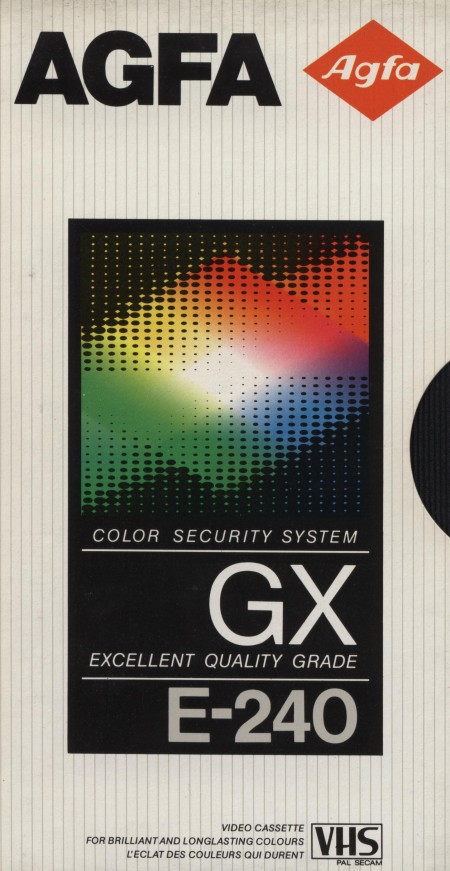
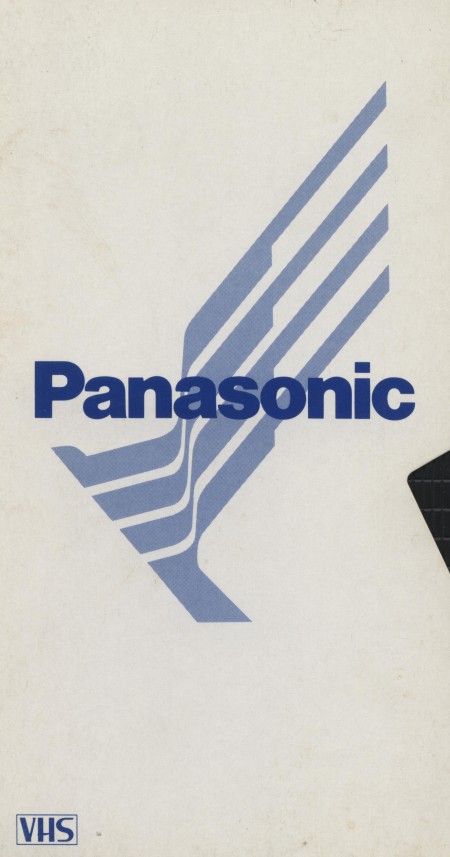


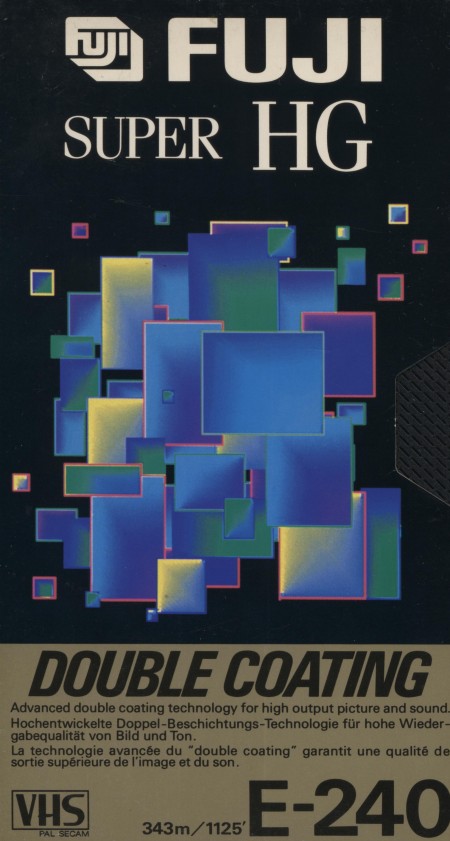
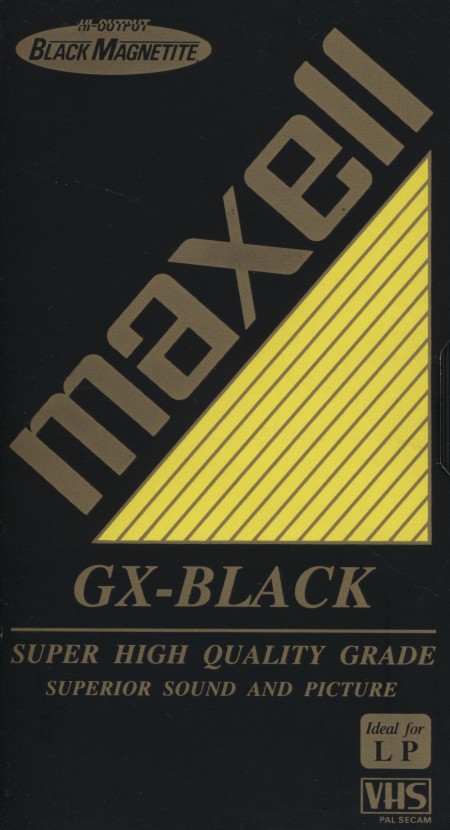
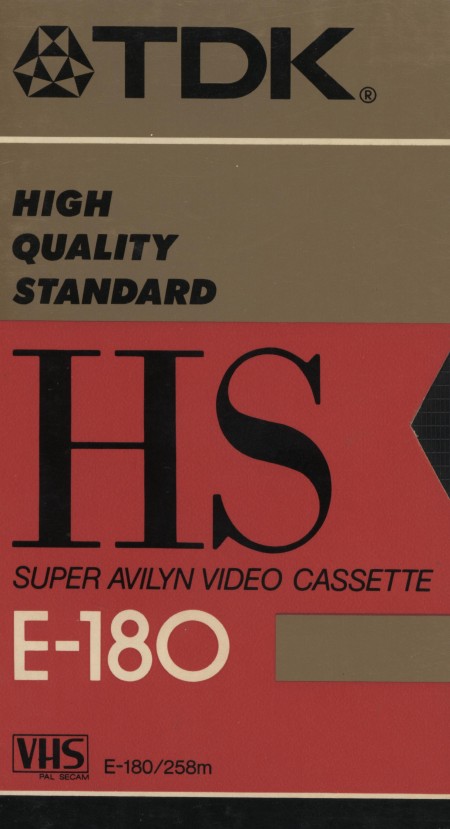
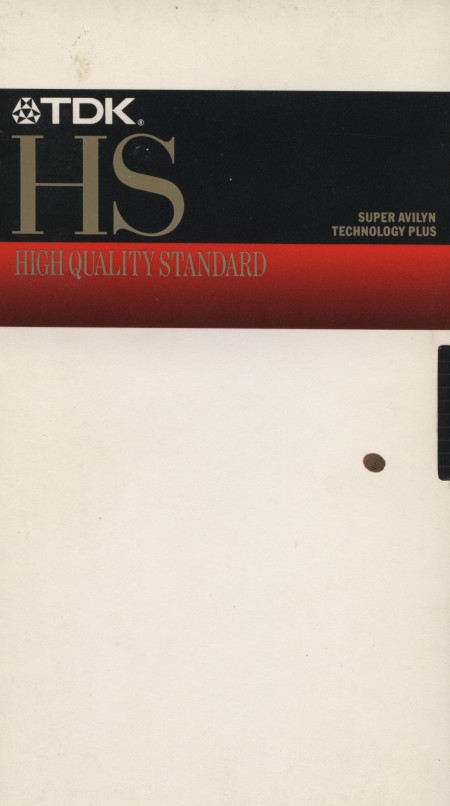
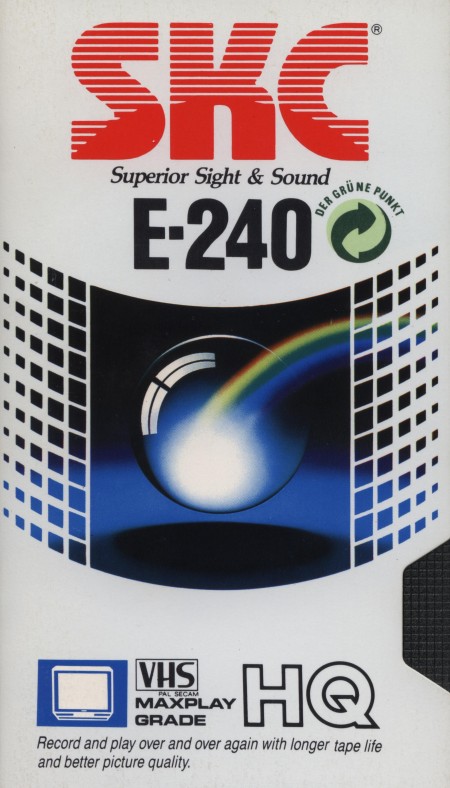
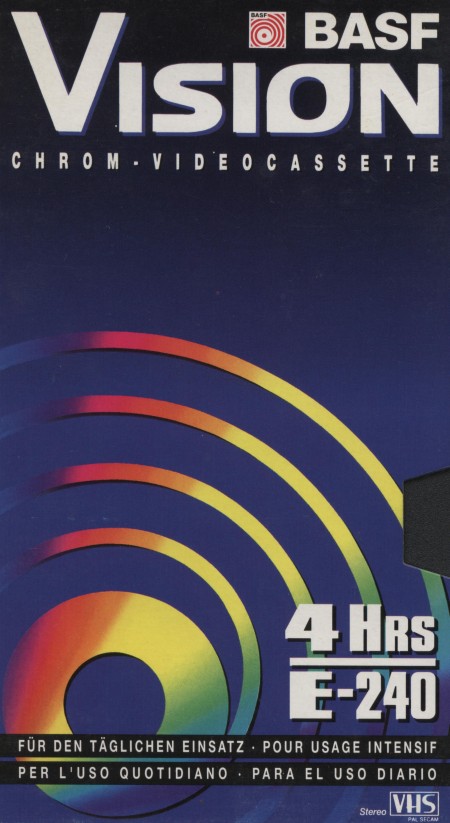
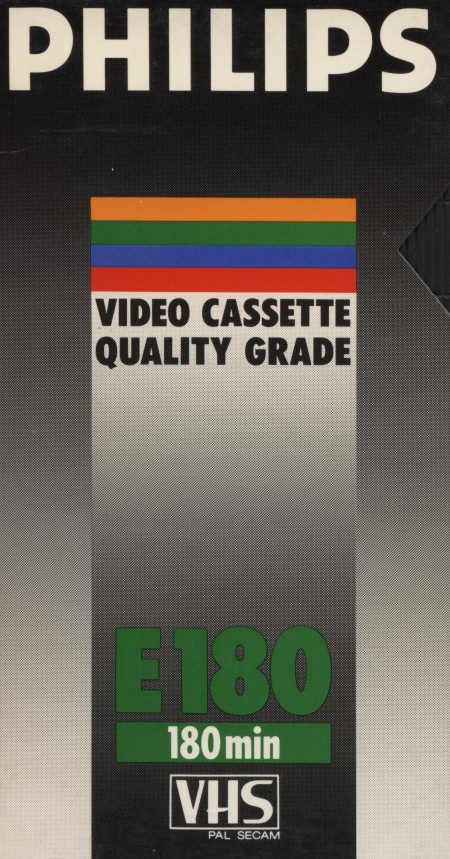
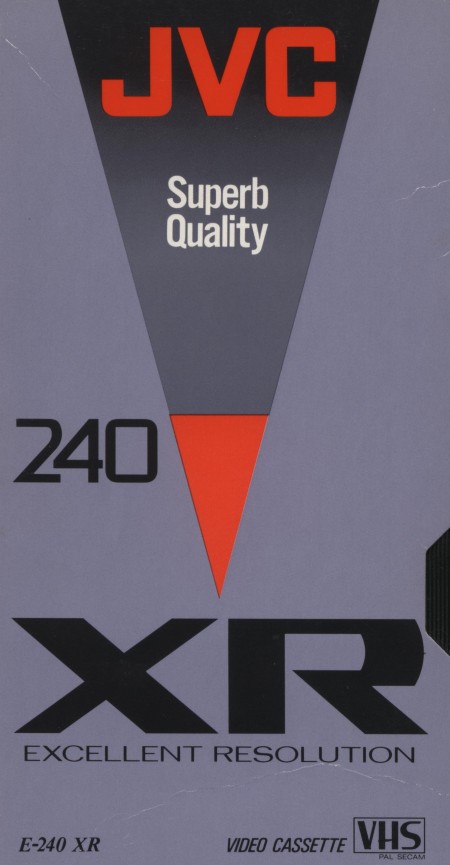

Sadly, VHS box design never reached the heights achieved by audio cassettes, but looking back they weren’t as bad as I remembered. This set comes courtesy of Hauk Sven
Via Flyer Goodness

10 Comments Leave A Comment
Justin says:
February 13, 2013 at 1:11 amThe Sony Dynamicron Vhs & Beta tapes were perfect for recording NFB documentaries on beavers .
http://tinyurl.com/dyhql76
http://tinyurl.com/cea84ya
Chris says:
February 13, 2013 at 7:14 amThat Panasonic one cares about us.
Alex says:
February 13, 2013 at 9:29 amThe TDK HS was my weapon of choice for taping F1 races back in the day.
rcarmstrong says:
February 13, 2013 at 10:32 amI had a preference for Maxell and TDK. And I’ve always wondered about TDK’s “avylin”, especially what made it so super…
James Hastings-Trew says:
February 13, 2013 at 10:19 pmAh yeah, the dark ages of graphic design… The TDK HS box is the only one that still holds up today, just barely.
jordan says:
February 14, 2013 at 1:19 amReally James? I feel like these designs are actually pretty creative compared to today’s standards. Calling it the dark ages would be ill-advised considering the web 1.0 days.
JPG says:
February 15, 2013 at 9:37 amHoly god, I had some many TDK Super Avilyns.
mm says:
February 27, 2013 at 7:54 pmThis brings back such memories! I remember recording cartoons on the Fuji VHS tape.
Leandro says:
June 25, 2013 at 2:58 pmWhy isn’t the back of your average talbet a solar panel? Because the back of a talbet is actually quite small considering how little power a solar panel generates; because they look ugly; because of how expensive they are compared to power generated; and because of how much of their life is spent being used, in a case, or in a bag. Why does it take so long to charge a 2000mAh battery? Why can’t we just touch our phones to a recharging point and a couple of seconds later we’re juiced? Because batteries release power as a result of chemical reactions, and reversing that reaction SAFELY over millions and millions of devices requires time. What you’re asking is for 10,000 watts to be pumped into a phone for a few seconds. As a point of comparison, a modern refrigerator uses 700 watts when the compressor is running (albeit for a considerably longer period of time). With how little power the phones actually use why do we not have alternate wind-up chargers or something that would give us something to fiddle with? They do sell wind-up chargers for phones. But phones don’t have them built-in because they’re ugly, they’re big, and they produce very, very little power (though that doesn’t stop thousands of freshmen design students with no knowledge of physics across the country from producing a wind-up iPhone concept every year). Nor can the human hand crank the charger at a robotically constant speed; batteries don’t like fluctuating currents. If everything in the phone is solid state, why don’t we have nearly indestructible thin phones? Because you still need a screen, and strength is composed of various factors that involve plenty of trade-offs: rigidness vs brittleness, for example. Another one is propensity to scratch versus likelihood of shattering. Are we always going to be engaged in the battle to charge our cell phones? Until they’re implanted in your body, probably. Why did all the 3D phones come with such bad individual cameras and why are there no flagship offerings any more? Because 3D was a gimmick. Will companies wise up this year and stop making controllers that rely on a phone’s audio output and wrap around the phone obscuring parts of the screen? Probably not, because designs that allow for the easiest release of the phone involve clamps. We’re carrying around more processor power and storage than the average computer from 2006 and it’s running on comparatively no power. Why aren’t data centers now the size of closets and using less electricity than an average house? Because you vastly underestimate the amount of processing required/vastly overestimate the amount of power a house uses. The average house depending on who you ask uses somewhere between 1.25 to 2 kilowatts. Let’s assume the maximum here. A top-of-the-line Cortex A15 dual-core chip has a TDP between 2 and 3 watts. Let’s assume the minimum. So, with 1 housepower, we’re looking at 1,000 systems. Even if each chip were enough to power one of TODAY’s (not 2006) servers, that still accounts for only a small fraction of a data center at a large company like Google or Facebook. And for smaller companies? As an IT manager, you should be aware that practical ARM solutions are only coming out now, and are aimed at companies with budgets where electricity costs more than upgrades (read: large budgets). We haven’t even gone into the power required for all the ancillary stuff like storage. Why is it every time we make something new, we lose something useful? Because new is easier to sell than an old feature that was probably used by only a certain percentage of the audience. Is there any way that an idea database can be set up so that all of these companies, startups, etc. don’t invent the same thing? I saw hundreds of the same product invented by different companies. Of course. Getting people to use it so that they don’t invent the same thing is another matter. While I admit my knowledge of the science behind audio reproduction is not particularly complete, why can’t my phone sound amazing when paired with a solid surface? Something like the Bass Egg. Because generating sound by forcing a large surface to vibrate requires (relative to a phone) lots of power and the components required are (relative to a phone) quite large. The Bass Egg is a good example of both qualities.
Kleiber says:
July 2, 2013 at 4:59 pmYou look great in short hair! I get the urge every couple of years to go short then hate my life for like a year. I just don’t have the feautres for it. My faves are Feb, May (cute shot) and now. You look great as a blonde and a redhead. It’s no fair!